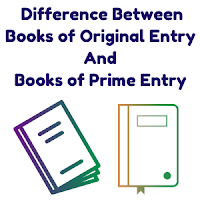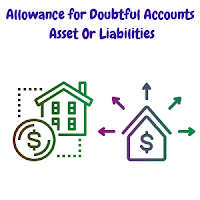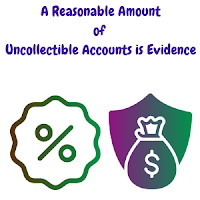Difference Between Primary And Secondary Books of Accounts

The Differe nce B etween Primary B ooks of Accounts ( B ooks of Prime E ntry) and Secondary B ooks of Accounts ( B ooks of Secondary E ntry) Is That Primary B ooks Are Books of Original Entries or Books of Prime Entries To Record Business Transactions Chronologically (Date-Wise) From Voucher while Secondary B ooks of Accounts Are Books of Final Entries where Accounts Are Finally Recorded Separately To Show Closing B alances To B e Transferred To Trial Balance at end of the accounting period. Examples of Primary B ooks of Accounts are Cash B ook, Sales Day B ook, Purchases Day B ook, etc while Secondary B ooks of Accounts include Cash B ook, Purchases Account, Sales Account, Capital Account, etc. Another name for Journal is Primary B ooks of Accounts, B ooks of Original Entry or B ooks of Prime Entry while secondary B ooks of Accounts is another name for Ledger which is also called B ooks of Final Entry or Principal B ooks of Accounts bec










